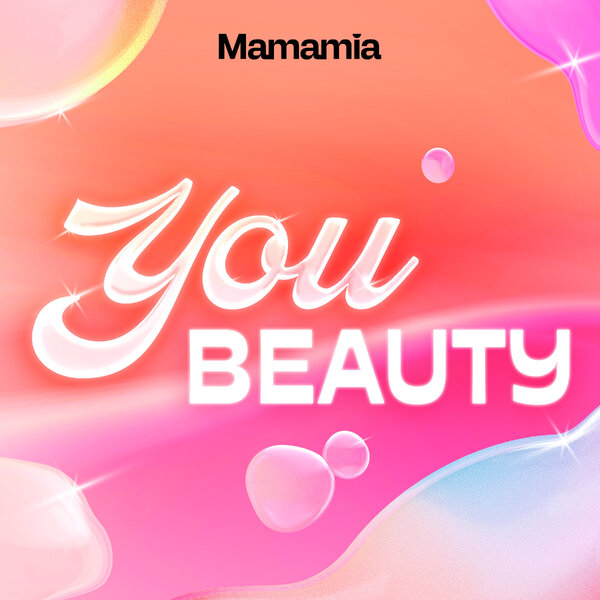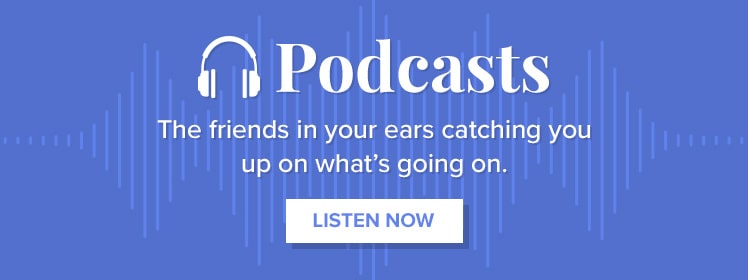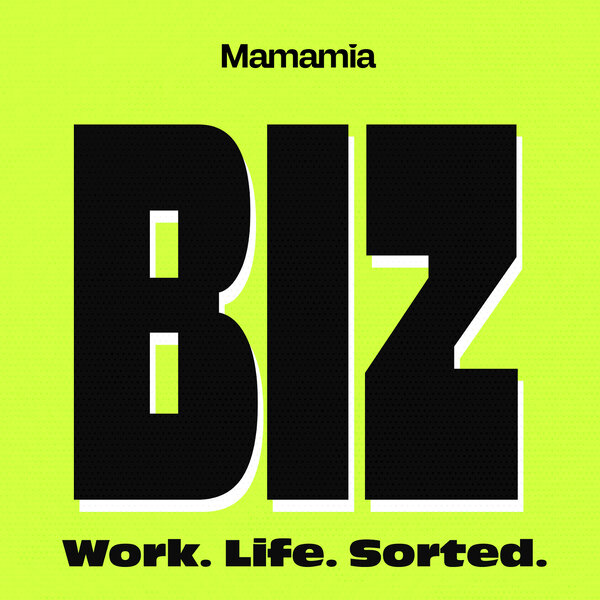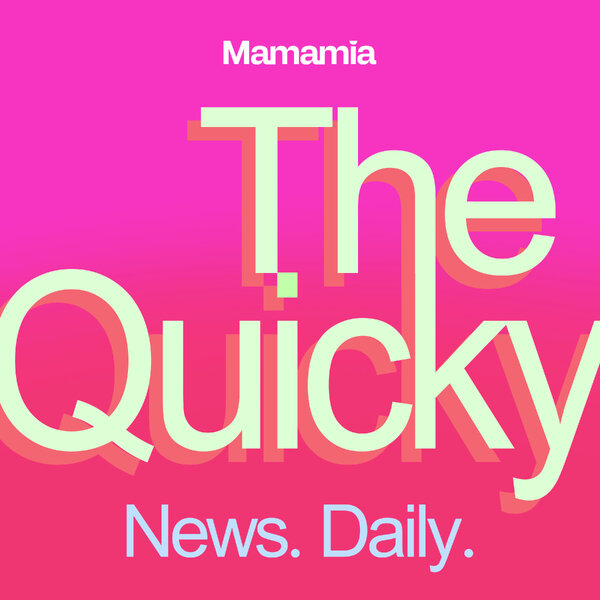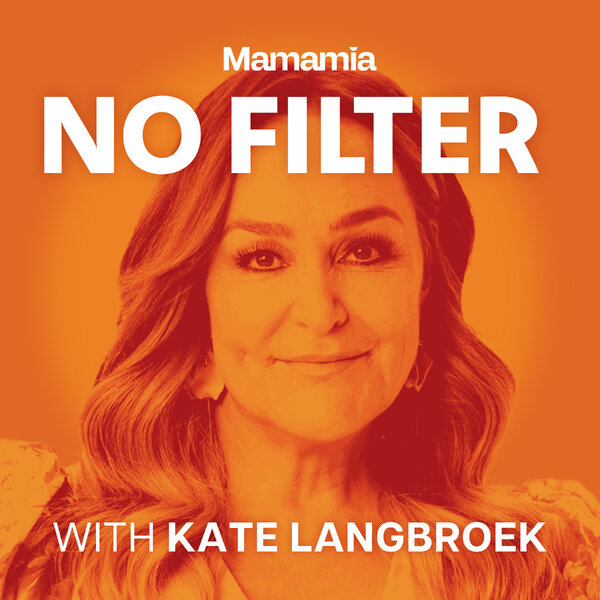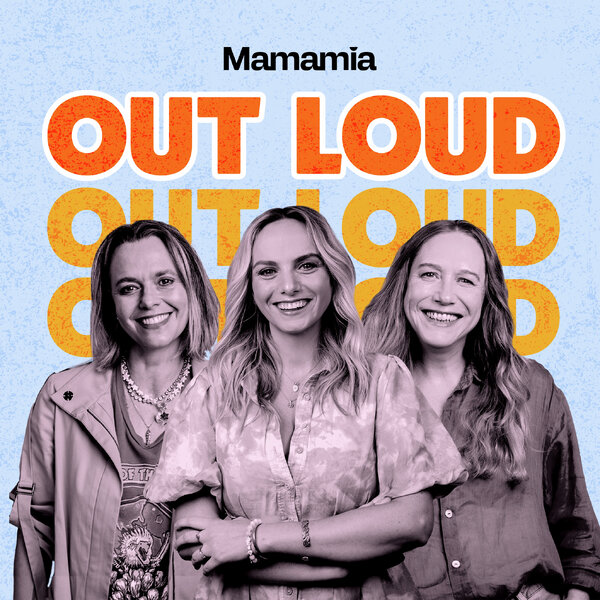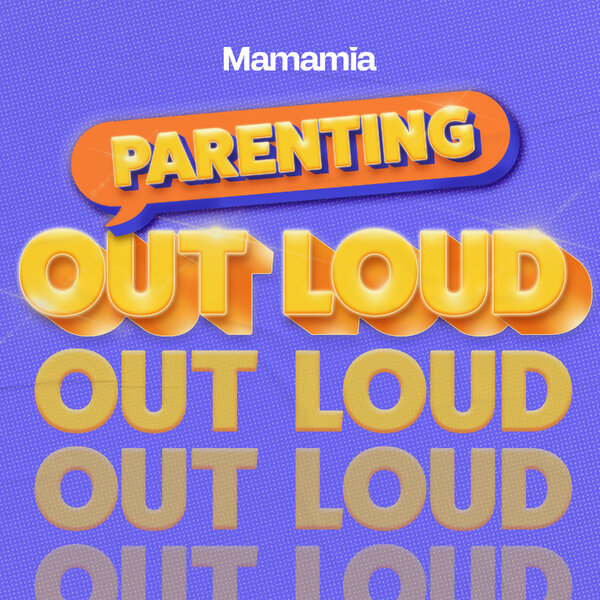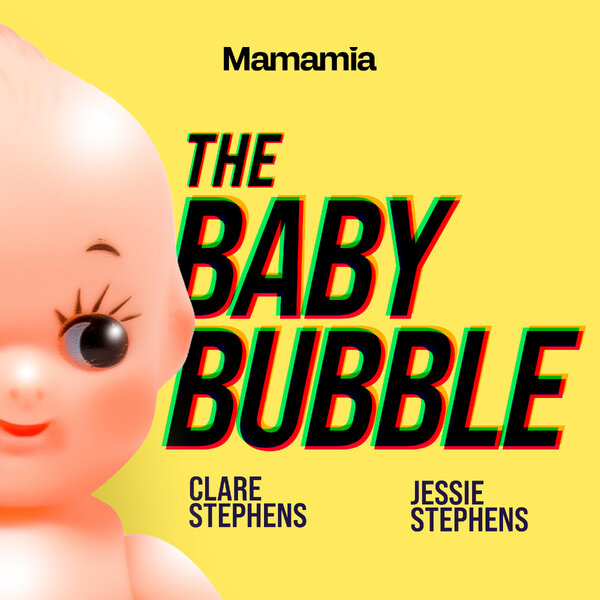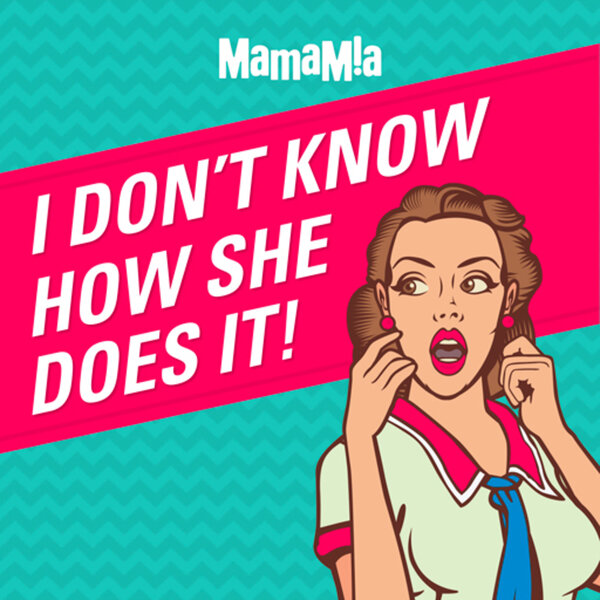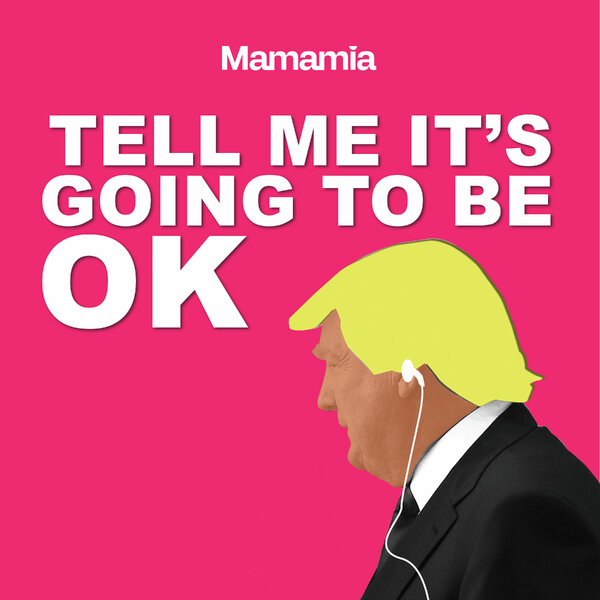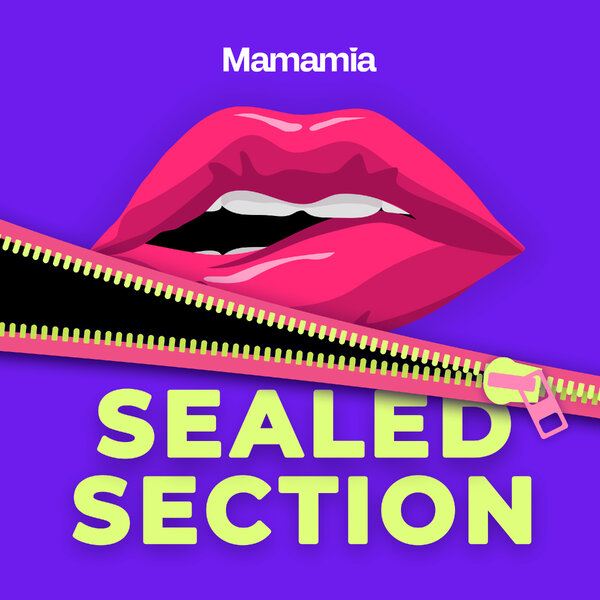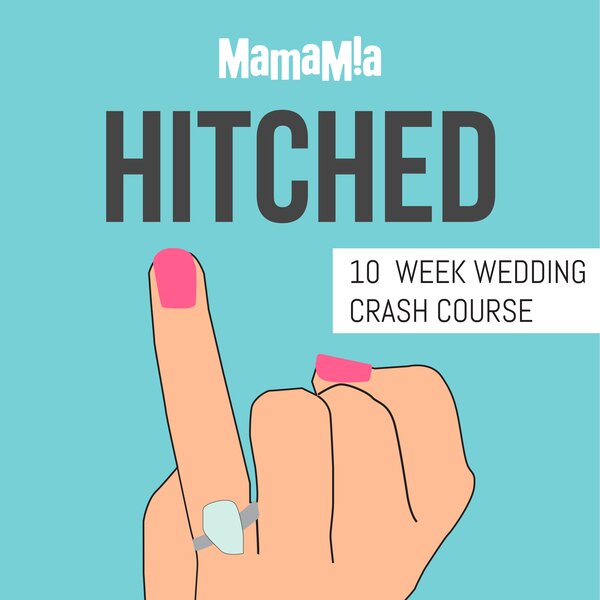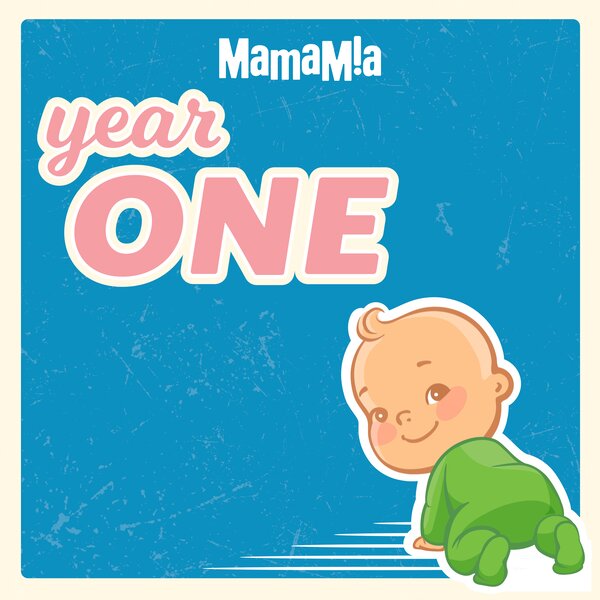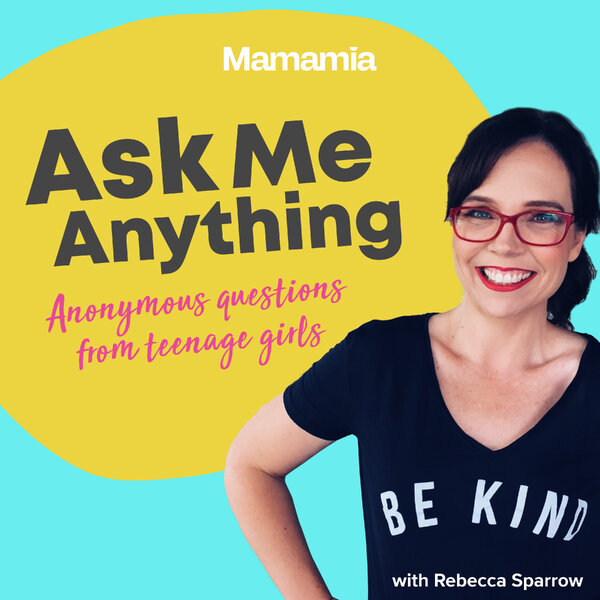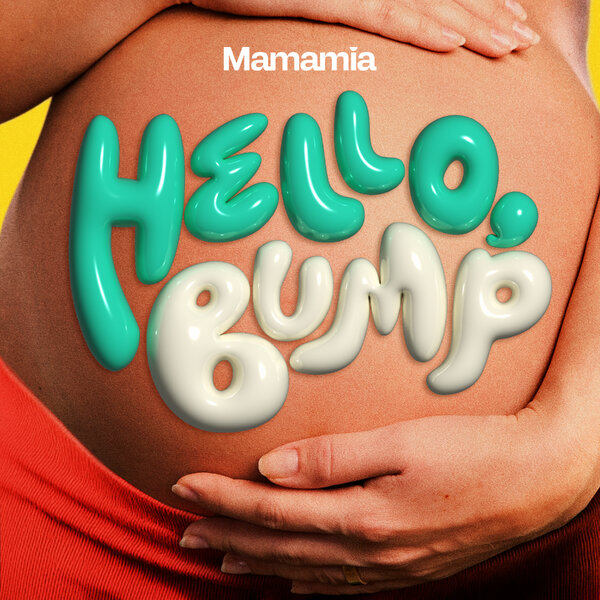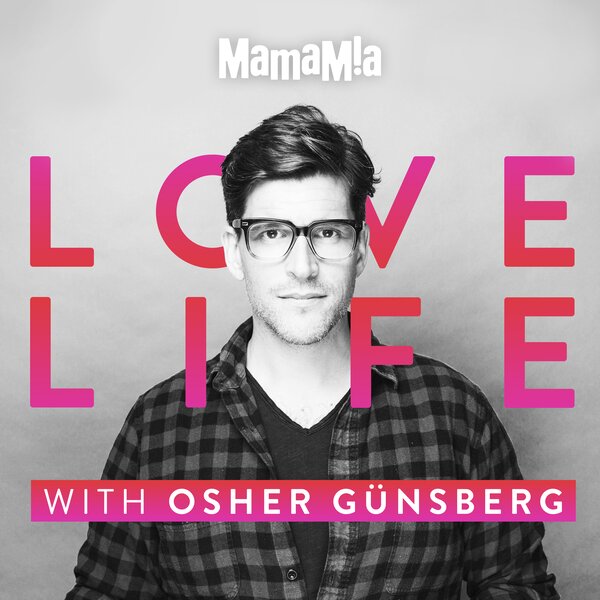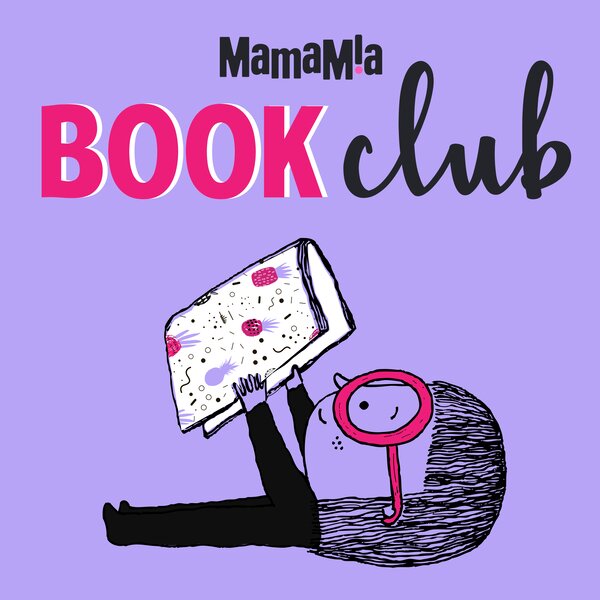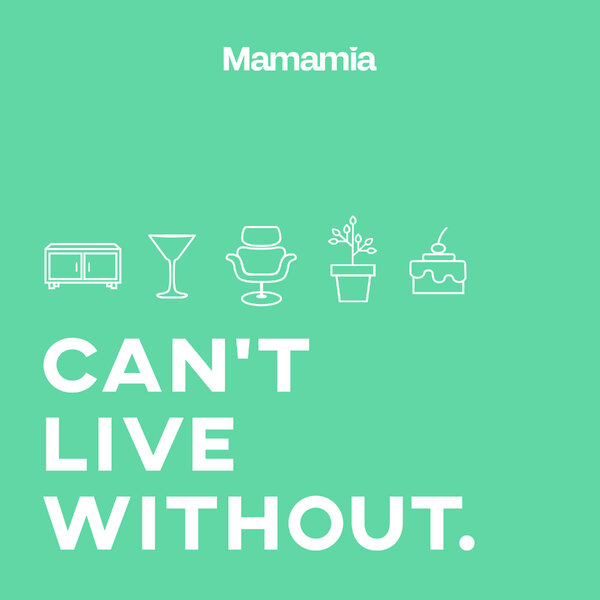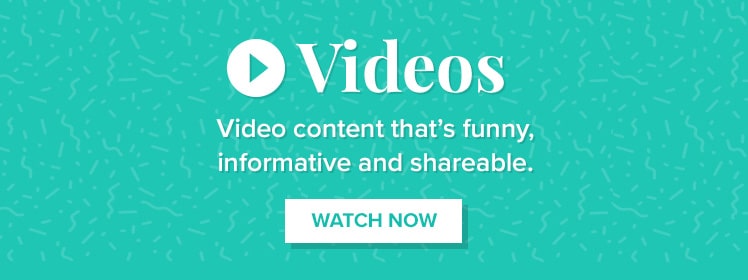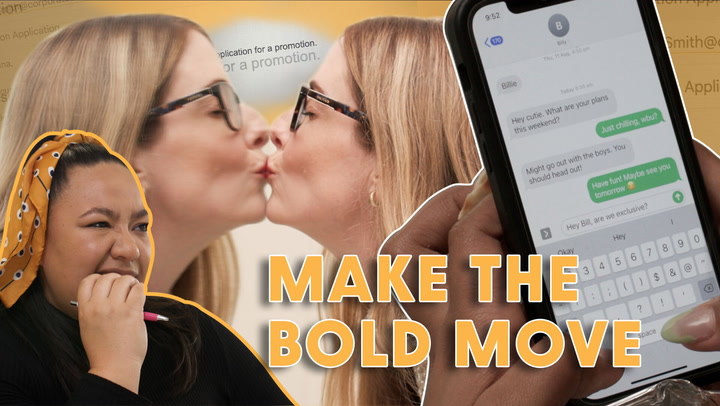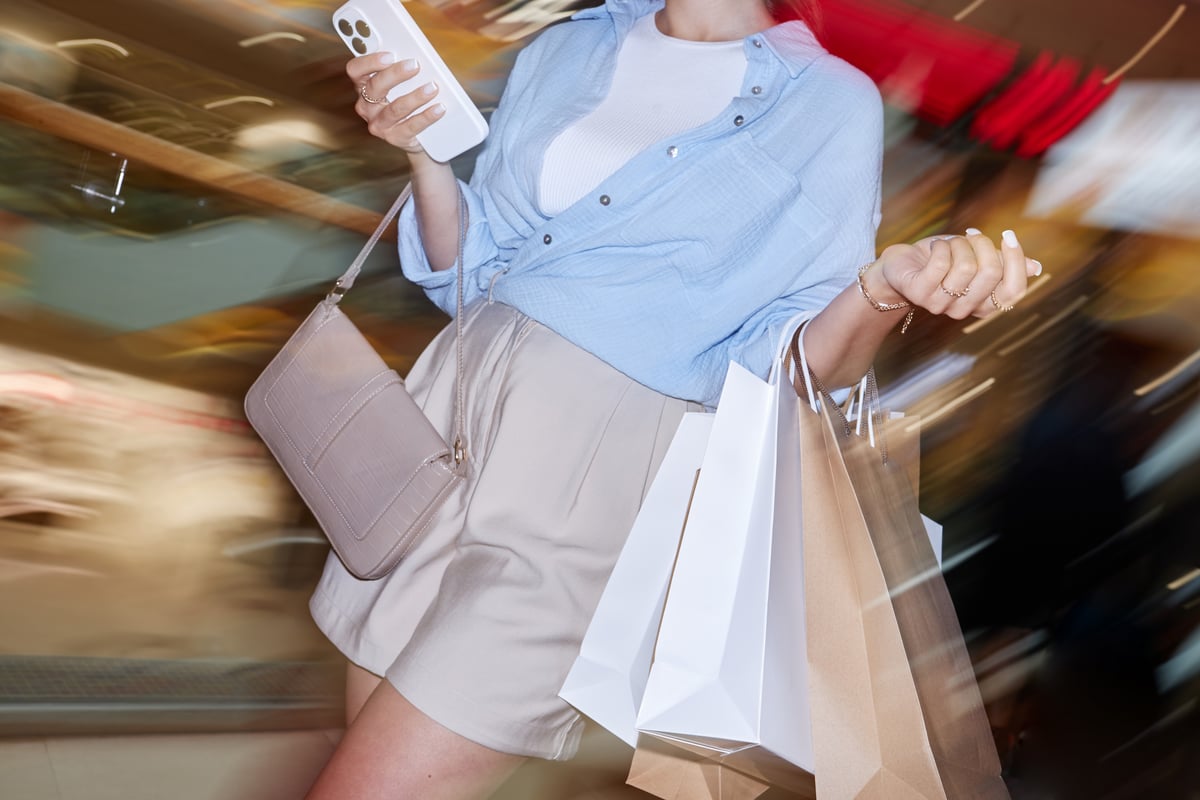
I'm a clinical psychologist. Most of my clinical work and research is in the area of "behavioural addictions" — gambling, pornography, sex, swiping too much on dating apps, excessive online shopping, and of course, scrolling on social media too much.
Even though I know all the tools and strategies to help people cut back on their tech use, and I'm up to date with the latest research, I still catch myself scrolling on social media more than I'd like to at times.
And there's a reason for that.
Listen: This episode of But Are You Happy explores the rise of TherapyTok and how to find genuine mental health advice in a sea of viral content. Post continues below.
Social media exists in an "attention economy".
It is literally designed to keep our attention, for as long as possible. Tech is intentionally "sticky," because in the digital world, our attention equals money. The more time we spend on an app, the more opportunities there are for advertisers to reach us.
Unfortunately, what's good for them and their profits, is not necessarily what's best for us.
In my clinic, I'm seeing more and more people struggling with problematic scrolling.
Sometimes it's the main reason they seek help, but often it comes up alongside issues like depression, stress, or anxiety. Many people tell me that endless scrolling leaves them feeling unfulfilled or even worse about themselves, especially when so much of what they see online is negative.
Endless scrolling can trap us in cycles of constantly absorbing new content — sometimes positive, but often negative.
Watch: Psychologist Dr Anastasia Hronis explains why we get stuck in mental health ruts. Post continues below.
